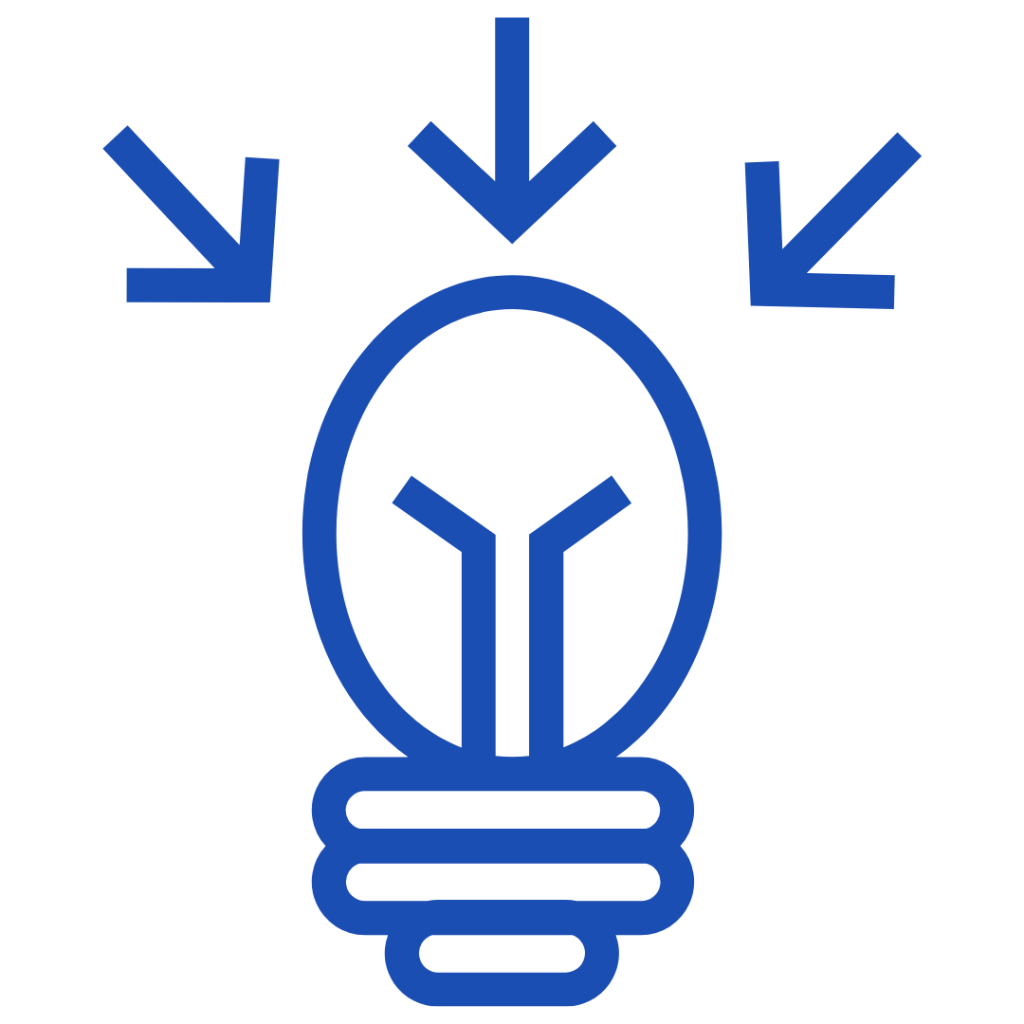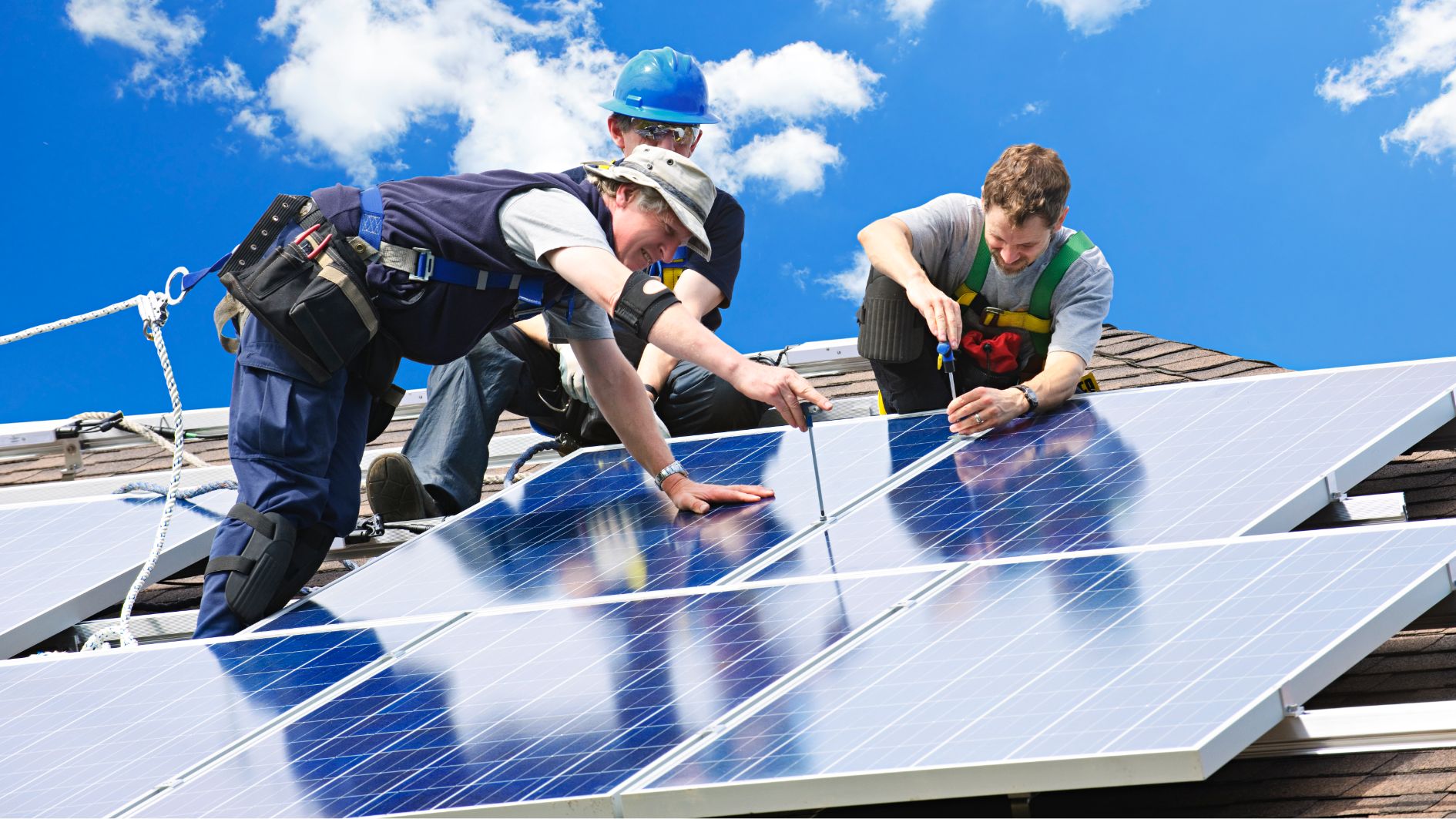Image source: Canva.com
When installing solar panels, one of the key factors to consider is their orientation and angle. Proper positioning is crucial for maximizing energy production and ensuring the efficiency of your solar power system. This article provides a comprehensive guide to understanding the optimal direction and angle for solar panels to help you achieve the best results from your solar investment.
The Best Direction for Solar Panels
South-Facing Orientation

In the Northern Hemisphere, the optimal direction for solar panels is generally south. South-facing panels receive the most direct sunlight throughout the day, particularly during peak solar hours. This orientation maximizes energy absorption and overall system efficiency.
- Why South-Facing? The sun travels from east to west across the sky, with its peak position being directly south at solar noon. By positioning panels towards the south, they capture sunlight from morning until evening, resulting in higher energy production.
East and West-Facing Panels

If south-facing roof space is not available, east and west-facing orientations are also viable options. While they may not capture as much sunlight as south-facing panels, they still provide significant energy production.
- East-Facing Panels: Capture morning sunlight and can be beneficial if you use more energy in the morning.
- West-Facing Panels: Capture afternoon sunlight and are useful if you have higher energy consumption in the afternoon or evening.
North-Facing Panels

In the Northern Hemisphere, north-facing panels are typically the least effective. They receive less direct sunlight throughout the day and are not generally recommended unless no other orientation options are available.

Image source: Canva.com
The Best Angle for Solar Panels
Tilt Angle
The angle at which solar panels are installed, known as the tilt angle, is crucial for optimizing their performance. The optimal tilt angle varies depending on your geographic location and the latitude of your home.

- Latitude Angle: A common rule of thumb is to set the tilt angle of solar panels close to the latitude of your location. For example, if you live at a latitude of 40 degrees, setting your panels at a tilt angle of around 40 degrees can maximize energy production.
- Seasonal Adjustments: Adjusting the tilt angle seasonally can improve performance. For instance, increasing the tilt angle during winter months when the sun is lower in the sky can capture more sunlight.
Fixed vs. Adjustable Mounts

- Fixed Mounts: Panels installed with a fixed tilt angle are set to a single angle that optimizes performance based on your location’s latitude. Fixed mounts are simpler and generally less expensive but do not allow for seasonal adjustments.
- Adjustable Mounts: Adjustable mounts enable you to change the tilt angle throughout the year to match seasonal variations in sunlight. While they offer improved performance, they come with higher costs and maintenance requirements.
Considerations for Optimal Solar Panel Placement
Shade and Obstructions
Ensure that your solar panels are placed in an area with minimal shading from trees, buildings, or other obstructions. Even partial shading can significantly reduce energy production. Conduct a shading analysis to identify and address potential issues before installation.
Roof Condition and Structural Integrity
Before installing solar panels, assess the condition and structural integrity of your roof. A well-maintained roof with sufficient load-bearing capacity is essential for the long-term performance of your solar system. Address any necessary repairs or reinforcements before installation.
Local Climate and Weather Conditions
Consider local climate and weather conditions when determining the optimal direction and angle for your solar panels. In areas with high snow or heavy rainfall, panel angles may need to accommodate these factors to prevent accumulation and ensure proper drainage.

Achieving optimal performance from your solar panels involves careful consideration of their direction and angle. In the Northern Hemisphere, south-facing panels with a tilt angle close to your latitude typically provide the best results. However, east and west-facing panels can still be effective, and adjustable mounts can further enhance performance.
By ensuring your solar panels are positioned to capture the maximum amount of sunlight and addressing any potential obstructions or shading issues, you can maximize your energy production and make the most of your solar investment.
Key Points
South-facing solar panel systems generate the most electricity. However, east-west facing roofs can also be effective for solar energy.
Direction is more important than angle. While angle matters, it’s rarely a deal-breaker. Most roof tilts are suitable for solar installations.
More significant challenges to solar economics include small roofs, unfavorable solar policies, and heavy shading. These factors are more likely to impact the feasibility and financial benefits of solar than roof orientation.





